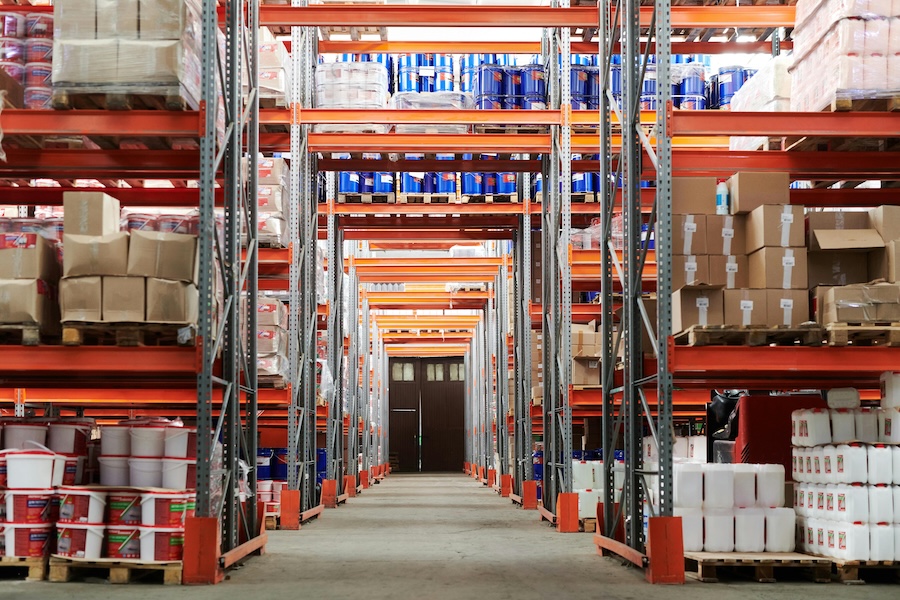Purchasing in China has become a popular choice for businesses due to competitive pricing, high manufacturing capabilities, and fast turnaround times. However, ensuring quality when sourcing from China is critical for maintaining the reputation and success of any business. Here are key quality assurance best practices to help you manage risks and ensure a smooth sourcing experience.
Conduct Thorough Supplier Research
Before establishing any relationship with a Chinese manufacturer, businesses should conduct thorough research to verify the supplier’s credentials. This includes checking certifications like ISO 9001 for quality management systems and ensuring compliance with regulatory standards in both China and your home country. It’s also wise to visit the factory or hire a third-party inspection company to evaluate the facility’s conditions and production processes.
Additionally, request product samples to assess quality and determine if the manufacturer can meet your expectations. A reputable supplier is key to establishing a long-term, trustworthy relationship.
Implement a Clear Product Specification
Having clear and detailed product specifications is essential to prevent misunderstandings. When purchasing in China, outline every detail about the product, such as materials, dimensions, design, tolerances, and packaging requirements. Defining your quality standards upfront ensures that both parties understand what is expected.
Communicate acceptable quality levels, non-conformance limits, and performance benchmarks early in the process. A solid product specification helps minimize risks and ensures the products meet your requirements.
Perform Quality Control Inspections
Quality control (QC) inspections are vital to ensure the final product meets your standards. It’s recommended to perform regular QC checks before products leave the factory. Inspections should focus on product functionality, materials, dimensions, and appearance.
While you can handle inspections internally, many businesses opt for third-party QC companies in China. These companies conduct thorough inspections and provide detailed reports. Types of inspections include pre-production, in-process, and pre-shipment checks, each ensuring that the products meet specifications.
Understand and Manage the Risks of Sourcing
China sourcing involves risks, including language barriers, cultural differences, and counterfeit products. To mitigate these risks, work with trusted suppliers, use clear agreements, and secure legally binding contracts. Additionally, be aware of customs regulations, tariffs, and import duties in your home country.
While sourcing from China offers significant cost savings, it is essential to be vigilant about potential risks. Implementing a solid risk management strategy can protect your business and maintain product quality.
Maintain Ongoing Communication and Relationship Management
Maintaining a strong relationship with your supplier is critical to ensuring continued quality. Keep communication open and frequent, especially during the production process. Regular updates on production progress, prompt issue resolution, and active involvement in decision-making can prevent quality problems.
Having a dedicated point of contact for quality-related concerns ensures the timely resolution of any issues, helping maintain the product’s standard and the partnership’s integrity.
Conclusion
Purchasing in China offers substantial benefits, but quality assurance should always be a priority. By conducting thorough supplier research, setting clear specifications, performing regular quality inspections, managing risks, and maintaining strong communication, businesses can ensure a successful sourcing experience. Remember, China sourcing is not just about cost savings—it’s about providing quality and reliability for your customers.
